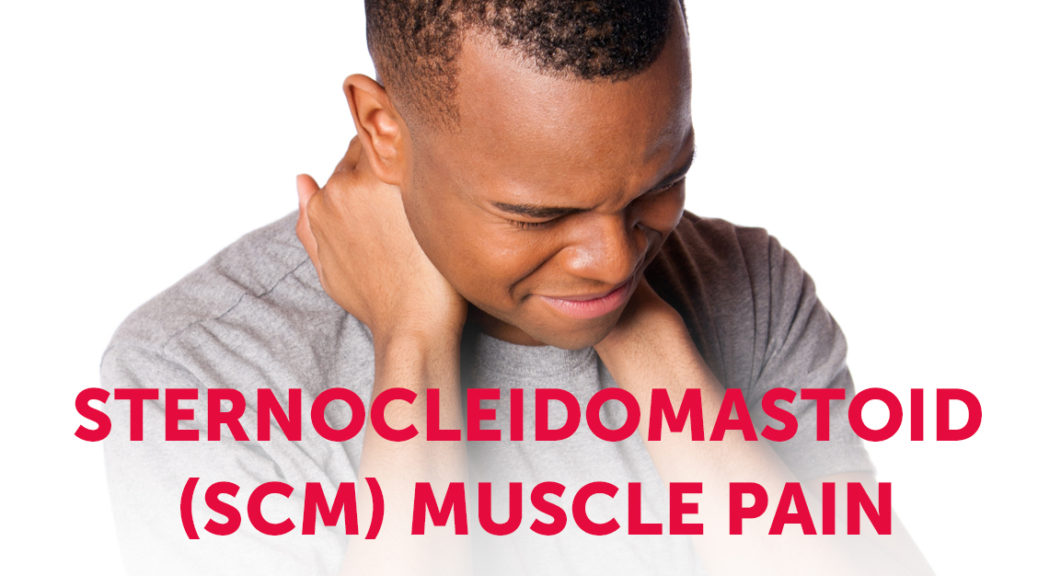Patients with complaints of ear pain or fullness could have Sternocleidomastoid (SCM) muscle pain.
Sternocleidomastoid (SCM) muscle pain typically brings complaints of dizziness, sudden hearing loss, headache, or jaw pain, even when everything appears to be normal. If this is the case it might be time to consider a muscular or mechanical reason for the symptoms. Many patients with these complaints are referred to physical therapy clinics after months of testing that are inconclusive and often negative. We have found the sternocleidomastoid muscle is often the source of the patient’s complaints.
Pain and Symptoms Associated with the Sternocleidomastoid
Sternal Division
This is the muscle head that connects to the breastbone (sternum).
Pain may be felt in these areas:
- Cheek and jaw
- Sinuses
- Back of the head at the bottom of the skull
- Around one eye
- Top of head
It may also be associated with these symptoms:
- Tearing of eye
- Visual disturbances when viewing parallel lines
- Chronic “sore throat” when swallowing,
- Chronic dry cough
Clavicular Division
This is the muscle head that connects to the collarbone (clavicle).
Symptoms may be felt in these areas:
- Pain across the forehead
- Frontal sinus-like headache
- Earache
- Nausea
- Dizziness
- Car-sickness
- Faulty weight perception of held objects
- Hearing loss in one ear
Physical Therapy can help patients experience Sternocleidomastoid (SCM) muscle pain relief in as little as one visit.
A physical therapist will evaluate the patient to determine which part of the Sternocleidomastoid Muscle is causing the patient pain, as well as the sensitivity levels of trigger points. Once a treatment plan has been determined our licensed physical therapists will work with patients on certain exercises and stretches designed to increase flexibility and strengthen the Sternocleidomastoid muscle. Hands-on manual therapy techniques are used to relax the muscle to help reduce pain levels. Dry needling may also be utilized to give relief to multiple trigger points.
This article was written by the physical therapists at Quad City Physical Therapy, located in Davenport, IA. More information about Qaud City PT can be found at www.quadcityptandspine.com


